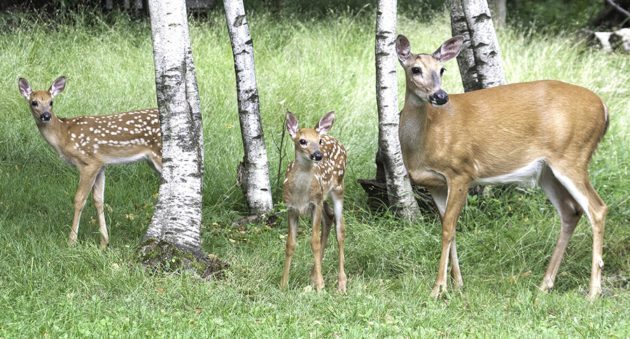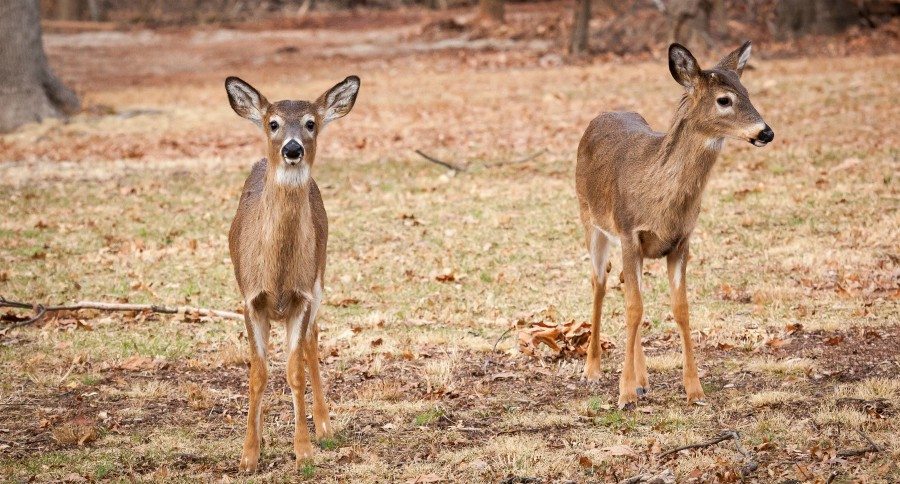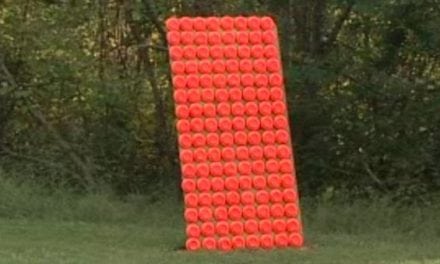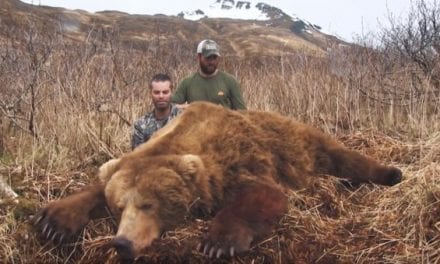
A 2013 study confirms that transmission can occur to a mother’s offspring.
The study used Reeves’ muntjac deer to prove several things concerning the transmission of CWD.
First and foremost, a muntjac deer is a small Asian deer that also inhabits parts of the United Kingdom. These things are tiny and reproduce like bunnies, making them perfect for a controlled experiment like this.
The muntjac females were fed or dosed with brain matter from a CWD positive whitetail. The females were then bred by males that had not been infected.
The male muntjac remained with the females for the duration of the pregnancy.

The test consisted of three groups of muntjac females: those bred during early stages of CWD infection, those bred during late stages, and those bred as a control group.
So what were the results? Two viable offspring were born to female deer that were in the late stages of CWD. One was born to a female that was in early infection stages. All offspring were left with their mothers for 55 to 150 days. Several offspring were also born nonviable, and three were harvested in utero from late stage CWD infected mothers.
To summarize things, every fawn that had a mother with CWD contracted it in some form or another. Even the fetuses showed signs of infected prions.
In addition, it was determined that full term and viable offspring decrease by 60% when compared to the control group.
The good news is that this study occurred in 2013 and the world hasn’t ended yet. But in the big picture, are we going to win the battle against CWD, or will it have a bigger impact on hunting than we realize?
NEXT: HERE ARE THE 16 BEST BEERS TO DRINK BY A CAMPFIRE
The post Remember the Study That Confirmed CWD Can Transfer From Mother to Offspring? appeared first on Wide Open Spaces.
















